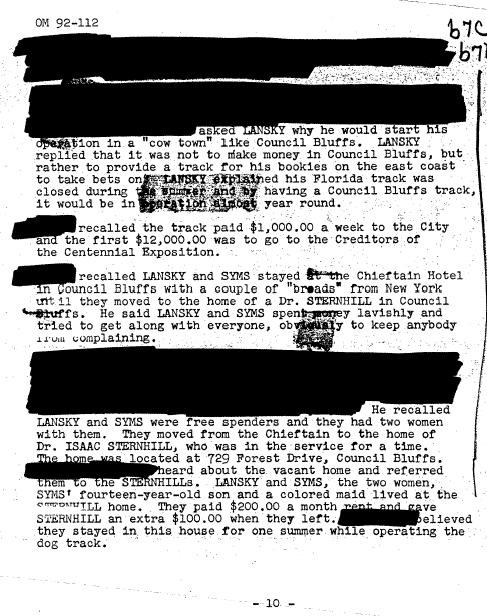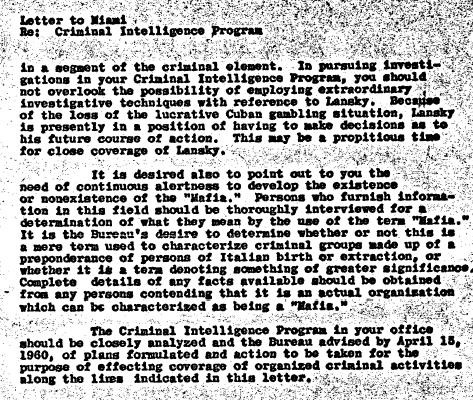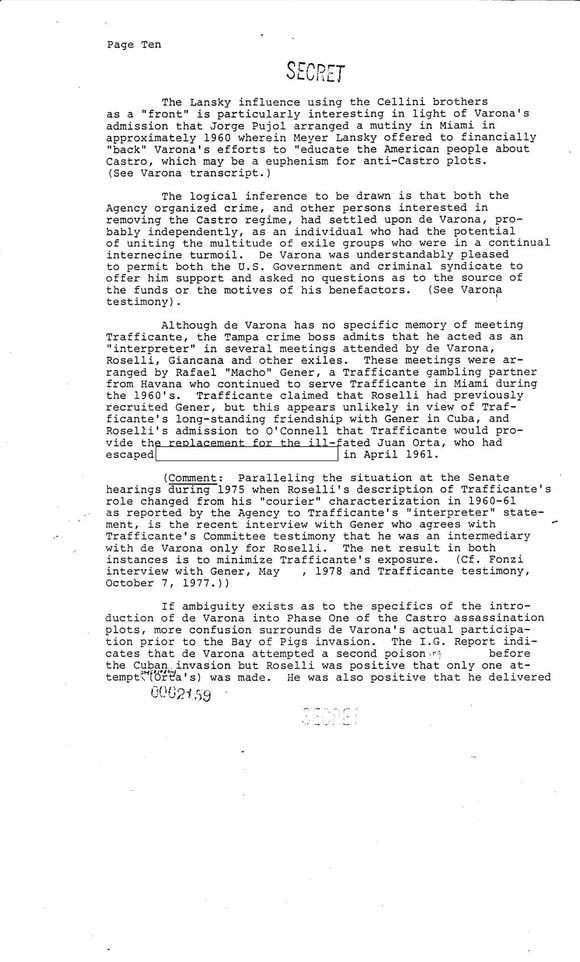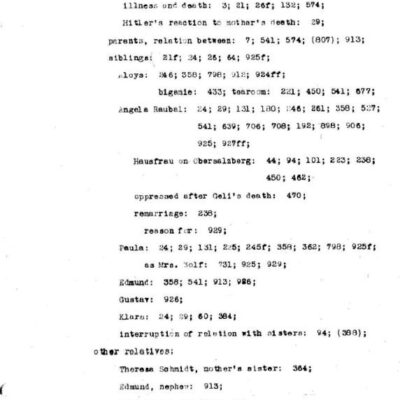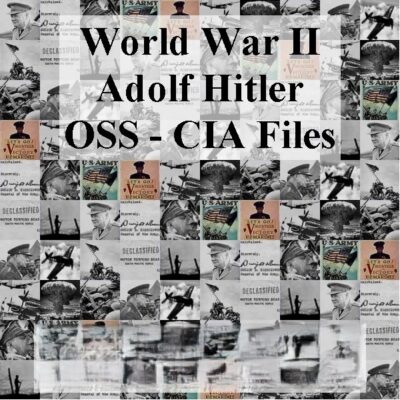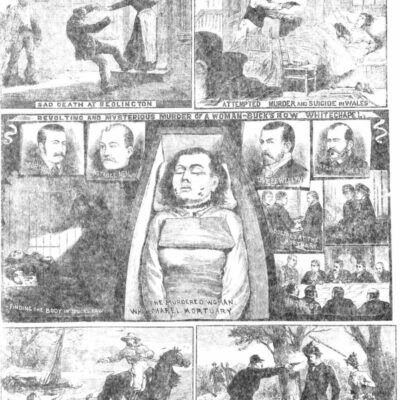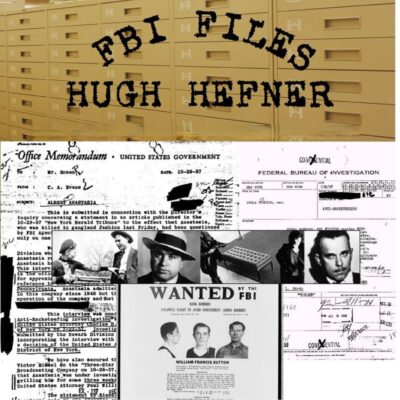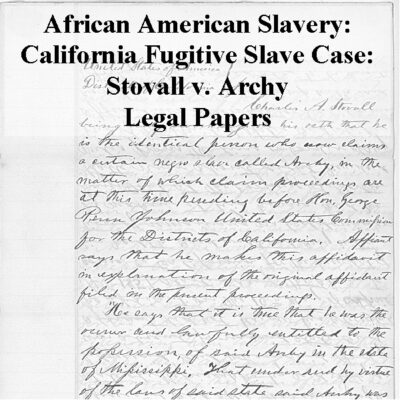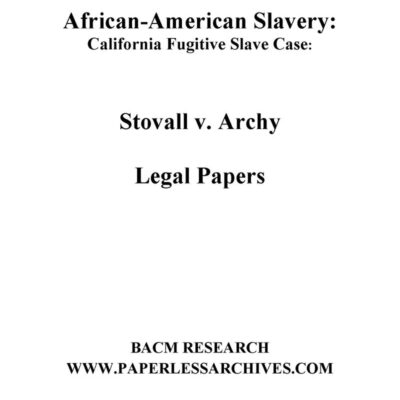
Meyer Lansky FBI, CIA, and JFK Assassination Records Review Board Files
$19.50
Description
Meyer Lansky and Key Events in Organized Crime
Timeline of Main Events
- Circa 1899: Majer Suchowlinski (later known as Meyer Lansky) is born in Grodno, then part of Russian-controlled Poland-Lithuania (now Belarus).
- 1911: Meyer Lansky immigrates to the United States with his parents and settles in New York City.
- 1920: Lansky meets Bugsy Siegel during a street corner craps game that turns violent.
- 1920: Lansky meets Lucky Luciano when Luciano’s gang attempts to shake him down. Lansky’s resistance earns Luciano’s respect, leading to a long partnership.
- Early 1920s: Lansky, Siegel, and Luciano form the Five Points Gang.
- 1920-1933 (Prohibition Era): The implementation of Prohibition significantly boosts the gang’s fortunes.
- By 1929: Lansky’s gang is one of the “Big Seven” bootlegging operations.
- 1931: Lansky is believed to be instrumental in Lucky Luciano’s orchestration of the murders of New York crime bosses Joe Masseria and Salvatore Maranzano, elevating Luciano’s position in the underworld.
- 1933: The 21st Amendment is passed, repealing Prohibition, which changes the economics of the underworld.
- Post-Prohibition (Mid-1930s): Former bootlegging competitors, including Lansky and Luciano, join to form the “Syndicate,” which divides and regulates illicit markets. Each gang within the Syndicate has its own specialty (e.g., gambling, drugs, prostitution). “Murder, Inc.” serves as the Syndicate’s enforcement arm.
- Mid-1930s: Lansky establishes gambling interests in Florida, New York, and Cuba.
- Post-Late 1940s: After Lucky Luciano is expelled from the United States, he delegates his role in the Syndicate to Lansky, leading to Lansky being referred to as the “Chairman of the Board of the National Crime Syndicate.”
- Late 1940s: Lansky invests in Bugsy Siegel’s Flamingo hotel/casino venture in Las Vegas.
- 1947: Despite Lansky’s attempts to prevent it, Bugsy Siegel is murdered due to the Flamingo’s financial losses and the suspicions of other crime bosses.
- 1948-1950: Manuel Antonio de Varona y Loredo serves as Prime Minister of Cuba, during which time Lansky has significant gambling operations in the country.
- 1952-1978: The FBI compiles 3,407 pages of files on Meyer Lansky.
- 1960: The FBI intensifies its efforts to investigate and prosecute Meyer Lansky.
- Early 1960s: The FBI utilizes wiretaps and bugs at Lansky’s home in Hallandale, Florida. They also have an informant who wears a wire during meetings with Lansky.
- Early 1960s: Victor Espinosa, a Cuban exile, leads raids on Cuba. The JFK Assassination Records Review Board files contain information about Lansky’s Cuban gambling operations and connections with Espinosa and former Prime Minister Varona.
- During the Cuban Revolution against the Batista regime: The FBI interviews Meyer Lansky upon his return to the United States from Cuba.
- Early 1970s: Facing tax evasion prosecution, Lansky leaves the United States for Israel and attempts to gain Israeli citizenship.
- Mid-1970s (approximately 1975): Lansky’s attempts to gain Israeli citizenship fail, and he is returned to the United States.
- Sometime after returning from Israel: Lansky is arrested at Miami International Airport after arriving from Mexico, found in possession of 154 tablets of Donnatol without a prescription. He is acquitted after a judge orders a directed verdict of not guilty.
- January 15, 1983: Meyer Lansky dies of lung cancer.
- 1992: The President John F. Kennedy Assassination Records Collection Act creates the Assassination Records Review Board to re-examine and release assassination-related records.
- September 30, 1998: The Assassination Records Review Board concludes its work, issues its final report, and transfers its records to the National Archives and Records Administration.
- October 2017: 948 pages of FBI and CIA files related to the JFK assassination, which include information on Lansky, are declassified and released.
Cast of Characters
- Meyer Lansky (born Majer Suchowlinski): A highly influential figure in organized crime in the United States for much of the 20th century. He was known for his financial acumen and played a key role in the development of the National Crime Syndicate and the gambling industry in Cuba and Las Vegas. He faced numerous investigations and legal challenges but was never convicted of a major crime.
- Bugsy Siegel: A notorious and flamboyant gangster and associate of Lansky and Luciano. He was instrumental in the early development of Las Vegas, particularly with the Flamingo hotel/casino. His extravagant spending and the Flamingo’s financial troubles led to his murder in 1947.
- Lucky Luciano: A powerful and influential Italian-American mobster. He is considered the father of modern organized crime in the United States and played a key role in establishing the National Crime Syndicate. He was deported from the U.S. and delegated his Syndicate responsibilities to Lansky.
- Joe Masseria: An early powerful Italian-American Mafia boss in New York City. He was a target in the Castellammarese War and was murdered in 1931, an event in which Luciano and Lansky were likely involved.
- Salvatore Maranzano: Another powerful early Italian-American Mafia boss in New York City and a leader in the Castellammarese War. He was also murdered in 1931, with Luciano and Lansky again likely playing a role, consolidating Luciano’s power.
- Manuel Antonio de Varona y Loredo: Served as the Prime Minister of Cuba from 1948 to 1950. The JFK Assassination Records Review Board files indicate Lansky had connections with him, likely related to Lansky’s extensive gambling operations in Cuba during this period.
- Victor Espinosa: A Cuban exile who led raids on Cuba in 1963. The JFK Assassination Records Review Board files contain information about his activities and potential connections to Lansky, possibly related to anti-Castro efforts or Lansky’s interests in post-revolution Cuba.
Meyer Lansky FBI, CIA, and JFK Assassination Records Review Board Files
4,355 pages of material.
Maker Suchowlinski was born to Polish-Jewish parents in Grodno, at that time part of Russian controlled Poland-Lithuania, now Belarus. Majer Suchowlinski would later be known as Meyer Lansky. He moved with his parents to the United States in 1911, where they eventually settled into New York City. In 1920, Lansky met Bugsy Siegel during a fight that occurred when a street corner craps game turned bad. Later in 1920 Lansky met Lucky Luciano. Luciano’s gang tried to shakedown Lansky for money and Lansky fought back. This gained Luciano’s respect and eventually led to a long illegal partnership. Later the three formed the Five Points Gang.
The implementation of prohibition aided the gang’s fortunes. By 1929 they were one of the “Big Seven” bootlegging operations. Lansky is believed to have been instrumental in Luciano’s 1931 killing of two New York crime bosses, Joe Masseria and Salvatore Maranzano. These actions elevated Luciano in the crime world. With the passing of the 21st Amendment to the Constitution repealing prohibition in 1933, the economics of the underworld changed. This encouraged former competitors in the world of bootlegging to join to form the “Syndicate.” Meyer Lansky and Lucky Luciano were two of the Syndicate’s bosses. The Syndicate divided and regulated the illicit markets. Each gang in the syndicate had its own franchise, such as gambling, drugs, or prostitution. One section of the Syndicate enforced the Syndicate’s business and was known as “Murder, Inc.” For decades the FBI denied the existence of such an organization as the “Syndicate.”
By the mid 1930’s Lansky held gambling interests in Florida, New York, and Cuba. After Lucky Luciano was expelled from the United States, he delegated his role in the Syndicate to Lansky. This led to Lansky being referred to as “Chairman of the Board of the National Crime Syndicate.” Lansky invested in Bugsy Siegel’s Las Vegas Flamingo hotel/casino venture. When the venture lost money, other crime bosses became unhappy and suspicious and wanted Siegel killed. Despite Lansky’s intervention to prevent it, Bugs Siegel was murdered in 1947. Facing a tax evasion prosecution in the early 1970’s, Lansky left the United States for Israel. His attempts to gain Israeli citizenship failed. Lansky was returned to the United States three years later. On January 15, 1983, Meyer Lansky died of lung cancer.
FBI Files
3,407 pages of FBI files covering Meyer Lansky. Files date from 1952 to 1978.
Material covered in the files include: Files showing the FBI efforts to have Meyer Lansky’s U.S. citizenship revoked. A report gives a detailed summary of information on Lansky, including background information, family history, education, work history, addresses, business ties, places of amusement and hangouts, and his physical condition. Memos detail Lansky’s involvement in dog racing operations. Files show that in 1960 the FBI ramped-up its efforts in going after Lansky. Memos give information obtained from wiretaps and bugs installed in Lansky’s Hallendale, Florida home. Files show that the FBI had an informant who would wear a wire while meeting with Lansky. Files contain details of an FBI interview of Meyer Lansky when he returned home from Cuba during the revolution against the Batista regime. Documents chronicle Lansky’s attempt to gain citizenship in Israel and the U.S. government’s effort to prevent it. Memos detail the incident when Lansky was arrested after being caught at Miami International Airport, after a flight from Mexico, with 154 tablets of the barbiturate Donnatol without a prescription. At trial the judge ordered a directed verdict of not guilty.
JFK Assassination Records Review Board
948 pages of FBI and CIA files that were classified Until October 2017.
The President John F. Kennedy Assassination Records Collection Act of 1992 created the Assassination Records Review Board as an independent agency to re-examine for release the assassination-related records that federal agencies still regarded as too sensitive to open to the public. The Board finished its work on September 30, 1998, issued a final report, and transferred all of its records to the National Archives and Records Administration.
Much of the files deal with Lanksy’s gambling operations in Cuba, his connections with Manuel Antonio de Varona y Loredo, Prime Minister of Cuba 1948-1950. VICTOR ESPINOSA, a Cuban exile who lead raids on Cuba in 1963.
